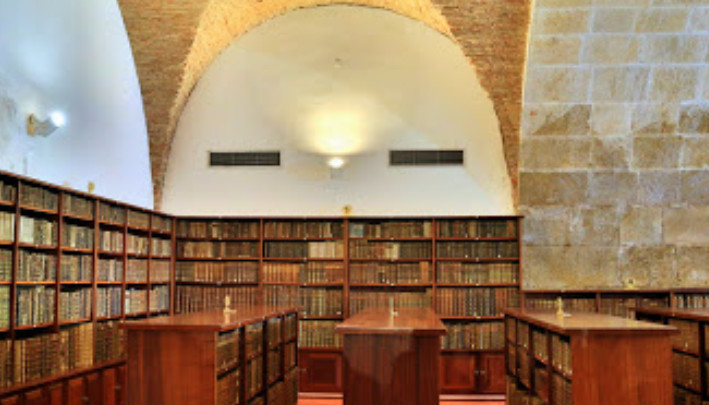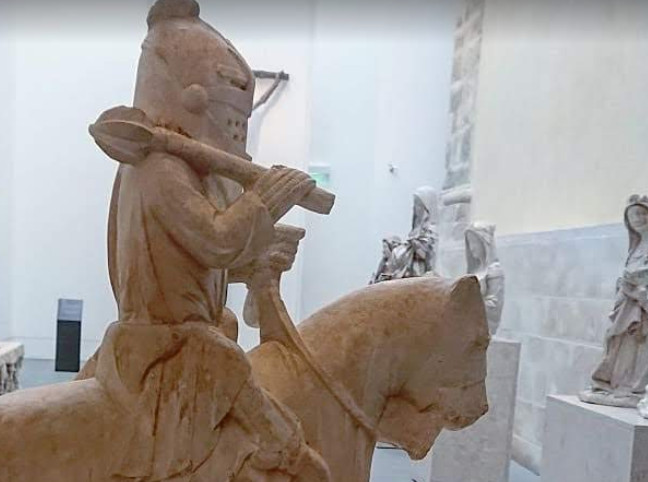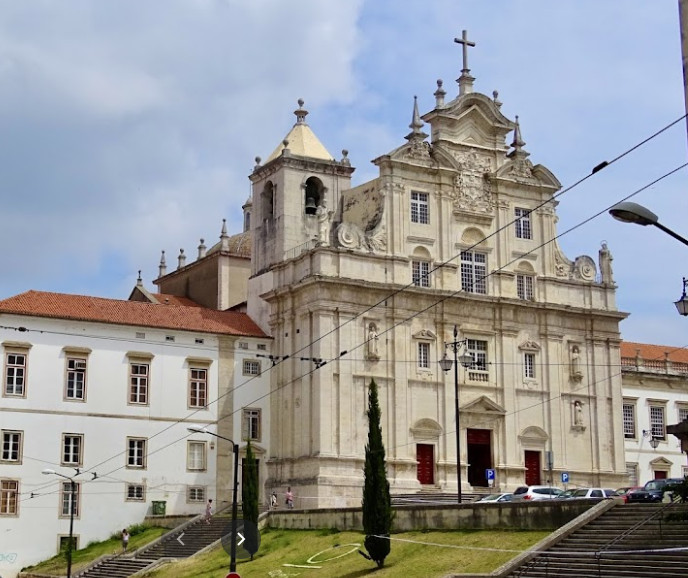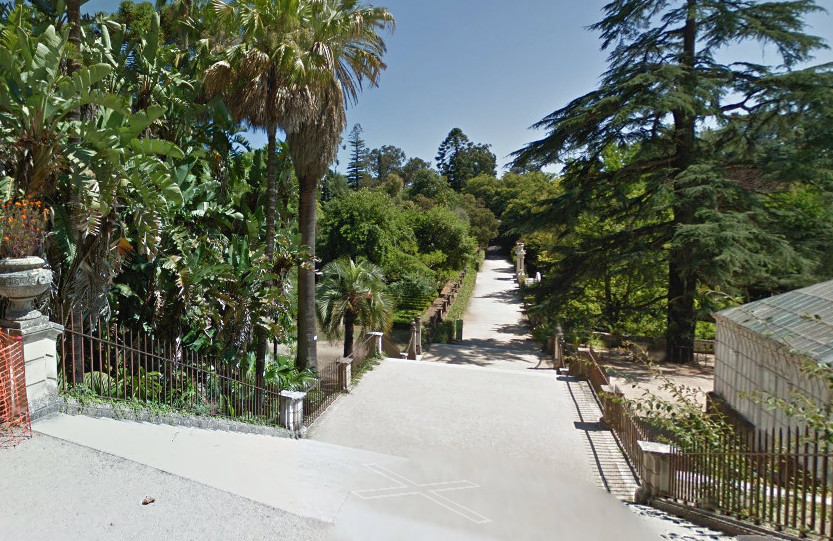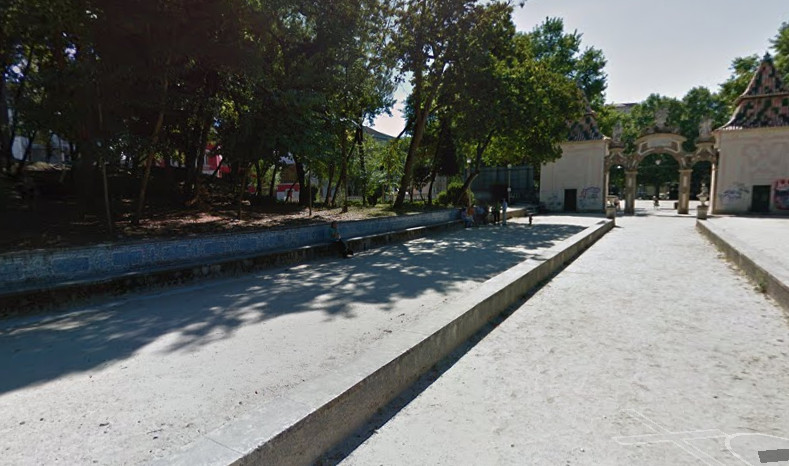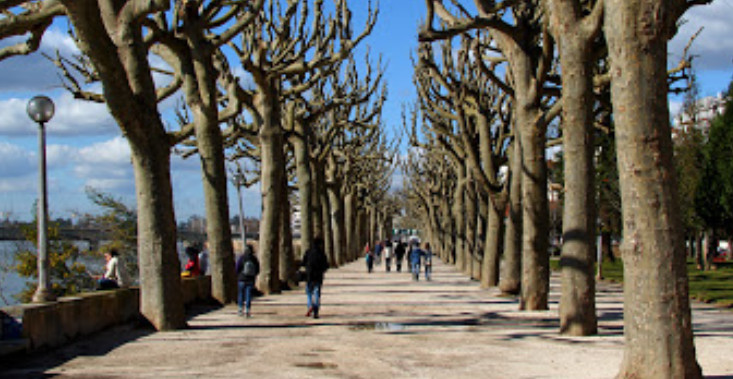
EAEEIE 2022
31st Annual Conference of the European Association for Education in Electrical and Information Engineering (EAEEIE)
29 June - 1 July 2022 | Coimbra, Portugal

ISEC - Coimbra Institute of Engineering
City
Coimbra is located in the middle of the country, in a region called Beiras.
Beiras is the traditional name of a region running south of Douro River and north of Tagus River.
This region is made up of two contrasting areas. The extensive beaches and fishing villages that lies
along the Atlantic coastline, while in interior the mountains dominate the landscape.
On the banks of the river Mondego, Coimbra is one of the most enchanting Portuguese cities famous for its University, monuments, churches, museums, parks and cultural life.
Coimbra is known for its University, the oldest in Portugal and one of the oldest in Europe, which over time has shaped its image to become "the city of students". The University of Coimbra, the uptown ("Alta") and "Rua da Sofia" were classified by UNESCO as World Heritage sites.
In the heart of this hinterland rises the Serra da Estrela (Estrela Mountain Range), the highest in continental Portugal. This is where the Mondego River rises, later running down to the city of Coimbra. Here, the river that over the centuries has so many odes composed to it by generations of university students flows out into the Atlantic Ocean by the lengthy Figueira da Foz beach.
General description
Coimbra has an area of 316,8Km2 and around 140 000 inhabitants. Coimbra has a rich history.
Its university is one of the oldest in the world, having been founded in 1290 by King Dinis.
Six of Portugal’s Kings were born here. In the Middle Ages, from 1139 until 1256, Coimbra was
the capital of Portugal. The original name in the Roman period was Aeminium but it was changed to
Coimbra influenced by the greater nearby town at the time - Conimbriga. Today Conimbriga is a
large archaeological site of great interest.
Known as the "city of students" here the daily life is marked by the students. Academic traditions are very important in the town and student’s life, with the highlight being the Festa da Queima das Fitas in May, an event that marks the end of the academic year. During special celebrations like this, students use black academic gowns, giving a special ambient to the streets. The city is divided into two distinct areas, the baixa (lower town) by the river, where most of the city’s commercial activity is concentrated, and the alta (upper town), the older part, which is entered through the Arco de Almedina, a gateway that brings back memories of the Arab occupation, since "Medina" means city in Arabic. The upper town consists of steep narrow streets, where the Repúblicas (typical students’ residences) are found, as well as some of the city’s most important buildings. From the west side of the river it is seen a unique panorama of Coimbra and justifies a lengthy stay, as said in a student’s fado (song), it has even "greater charm at the moment of farewell"
To see other locations please visit www.centerofportugal.com
